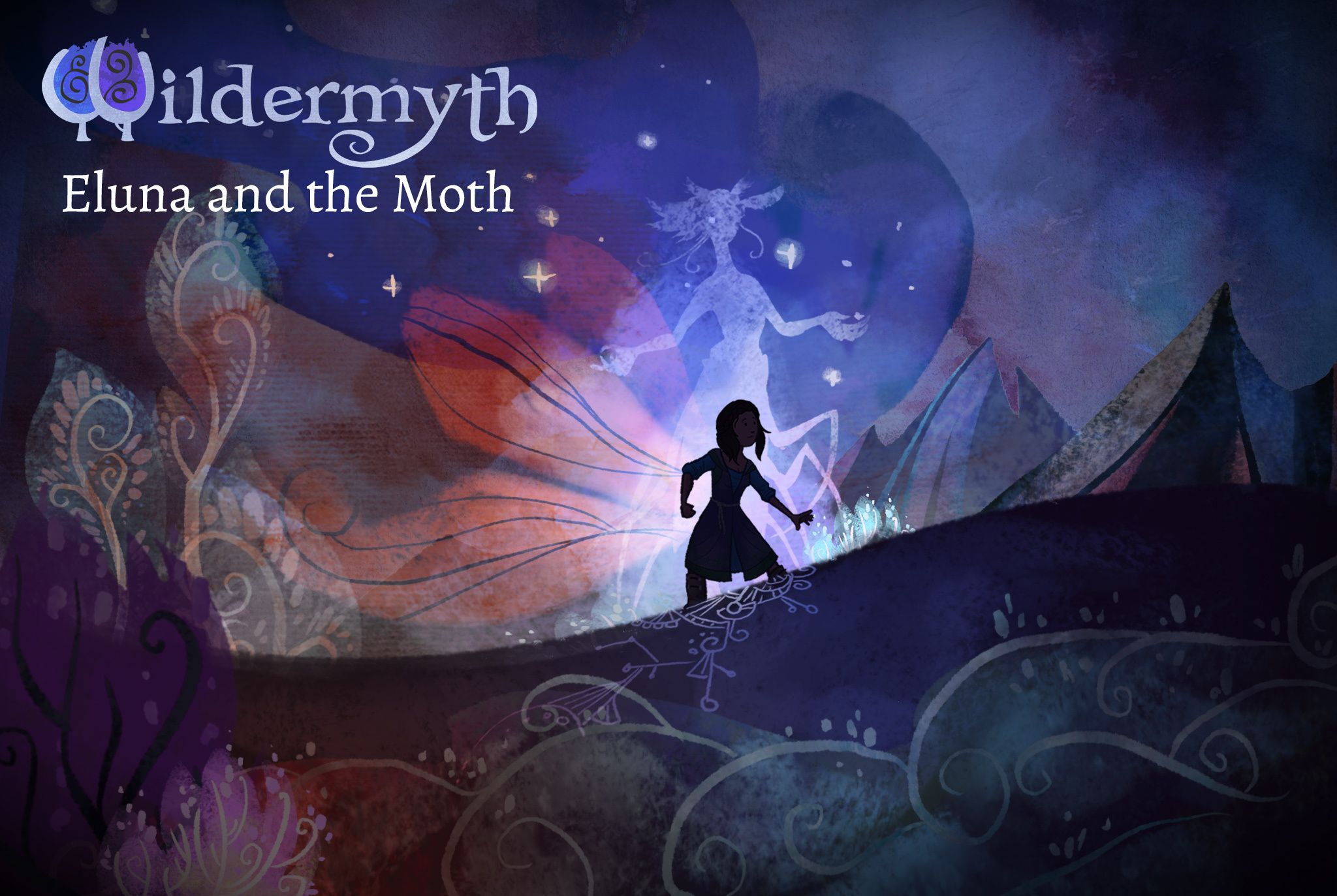

It also helped me observe the scope of Wildermyth’s event generation, which in turn led me to some observations about how the game compares to the sort of tabletop campaign it aspires to emulate. entirely random events, no handcrafted plot) campaign, only the third one I played. Now, something like this is going to happen eventually, of course, but it did noticeably blunt my enjoyment of my non-written (i.e. By my third campaign, these vignettes had started to repeat themselves. When all is said and done, there are a finite number of vignettes, selected to appear based on characters’ personality and relationships. The bad thing, really, is that the pre-written campaigns help illustrate the limitations of the procedural generation. The good thing about the pre-written content is that it’s well-integrated into the game’s story engine: Plot events have the same amount of flexibility to let characters react to them based on their personality, history, and relationships as any of the randomly generated events. I’ve enjoyed the pre-written content a lot so far the campaign focusing around the Morthagi (a race of mechanical constructs gone wrong) had an interesting underlying story that unfolded across its five chapters. The game comes with several pre-written campaigns, each focusing around one of the game’s five monster types.

What you begin to run into in Wildermyth, at least after playing a couple campaigns, is the limits of the handwritten content.

Speaking of events ingame, there are places where two characters sneak off together for a sidequest, and I find that those sequences are perfectly designed to let me see a character relationship. I had a character begin transforming into a bear, and another one grow wings, and these things happen based off of events ingame. And on the more video game side of it all, the scars and mutations are really neat. The scenes are all really interesting, I love the inter-party dialogue. The degree to which you see your characters’ personalities is phenomenal I’ve never identified with randomly generated characters this much before. At this point I’ve put about ten hours into the game, playing through two pre-written campaigns and one randomly generated one.

As the game goes on, characters age, acquire scars, and even have children, and when a campaign ends (campaigns are three or five ‘adventures’ each consisting of an overarching objective and 6-8 combat encounters), they join your legacy and may appear in future adventures.īefore digging into the implementation of these mechanics, let me just say they work, and work well. These scenes can drive relationships between characters (Friendship, Romance, and Rivalry), as well as help the player understand a bit more about who the character is and how they fit into the party. These personality types and ingame events drive scenes, displayed as comic panels, which occur in between combat encounters. Characters each have personality types which play off of each other and the environment. What makes the game fascinating, though, is its narrative engine. The game is competent as a video game, with interesting combat and optimization choices across its three character types: Warrior, Hunter, and Mystic. It is primarily a tactical turn-based RPG in the vein of X-COM, where party members move across an overworld map and then face off against a variety of monsters in grid-based dungeons. Wildermyth is designed by Worldwalker Games, and was published in June of 2021. So what happens when a digital game designer tries to make their video game feel more like a tabletop RPG? You get Wildermyth. Meanwhile, tabletop roleplaying games have always had the flexibility of a human GM to give them more breadth and a personal touch that video games couldn’t match. Current titles have gorgeous graphics and complex storylines, but narratively are mostly static affairs.
WILDERMYTH CAMPAIGNS SOFTWARE
Role-playing video games were fairly direct emulations of rulesets like D&D early on, but as the software became more sophisticated they played more to their strengths. The first licensed D&D video game came in 1982, and it paved the way not only for later licensed games like the SSI ‘Gold Box’ titles and Baldur’s Gate but also virtually the entire video game RPG genre, from Final Fantasy to The Elder Scrolls to Diablo. While D&D was published in 1974, the very first attempts to emulate D&D with a computer came in 1975 Dungeon and DND were written for mainframe systems like the PDP-10 and PLATO, though they were unlicensed and never saw commercial sales. Role-playing games and video games came of age around the same time.


 0 kommentar(er)
0 kommentar(er)
